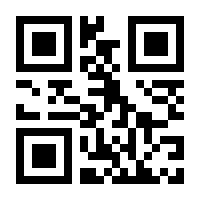
×
![Buchcover ISBN 9781489986979]()
Sample Preparation Handbook for Transmission Electron Microscopy
Methodology
von Jeanne Ayache, Luc Beaunier, Jacqueline Boumendil, Gabrielle Ehret und Danièle LaubSuccessful transmission electron microscopy in all of its manifestations depends on the quality of the specimens examined. Biological specimen preparation protocols have usually been more rigorous and time consuming than those in the physical sciences. For this reason, there has been a wealth of scienti? c literature detailing speci? c preparation steps and numerous excellent books on the preparation of b- logical thin specimens. This does not mean to imply that physical science specimen preparation is trivial. For the most part, most physical science thin specimen pre- ration protocols can be executed in a matter of a few hours using straightforward steps. Over the years, there has been a steady stream of papers written on various aspects of preparing thin specimens from bulk materials. However, aside from s- eral seminal textbooks and a series of book compilations produced by the Material Research Society in the 1990s, no recent comprehensive books on thin spe- men preparation have appeared until this present work, ? rst in French and now in English. Everyone knows that the data needed to solve a problem quickly are more imp- tant than ever. A modern TEM laboratory with supporting SEMs, light microscopes, analytical spectrometers, computers, and specimen preparation equipment is an investment of several million US dollars. Fifty years ago, electropolishing, chemical polishing, and replication methods were the principal specimen preparation me- ods.



